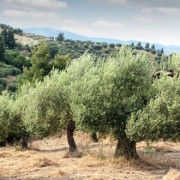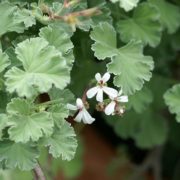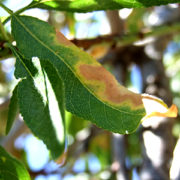The dangers of Xylella fastidiosa
The potential impact of a Xylella outbreak in the UK is difficult to predict due to the existence of multiple subspecies of the bacterium, the unknown effect of UK weather and the occurrence of susceptible plants and insects that spread the disease. Should an outbreak occur in the UK, the outcome could be devastating for the horticultural industry and the landscape.
In January 2015 EFSA published a full pest risk assessment and evaluation of risk reduction options for X. fastidiosa in the EU. The scientific opinion included a list of host plants and European vectors of the bacterium. In March 2015, EFSA published a report categorising plants for planting, excluding seeds, according to the risk of introduction of X. fastidiosa.
In April EFSA responded to a claim by an Italian non-governmental organisation that a series of fungi – rather than X. fastidiosa – are the main causal agents of olive decline in Apulia. EFSA concluded that there was no scientific evidence that tracheomycotic fungi are the primary cause of olive die-back in Apulia.
In February 2016 EFSA’s database of host plants was updated to include 44 new species. The majority of the new species (70%) were identified in southern Italy (Apulia), Corsica and southern France (Provence-Alpes-Côte d’Azur region).
Read more at the following link:









